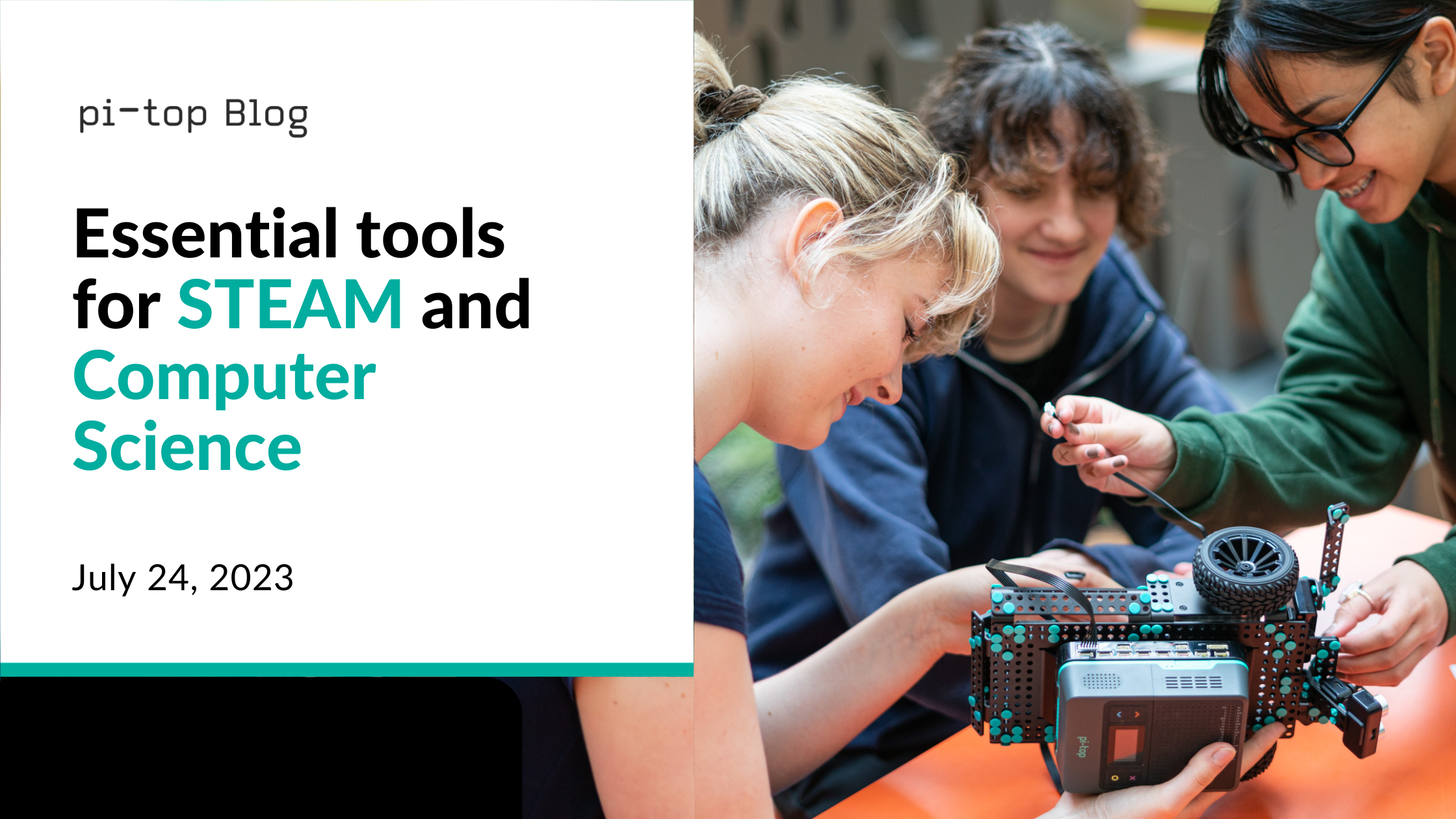The term computational thinking has been bandied about more and more lately, but what does it really mean?
It’s not as complicated as it sounds. Computational thinking is a problem-solving approach inspired by the way computers process information. It involves breaking down complex problems into smaller, manageable tasks and designing step-by-step solutions. In essence, it's all about thinking like a computer to solve real-world challenges!
 Why we should introduce computational thinking in the classroom?
Why we should introduce computational thinking in the classroom?
As educators, we strive to equip our students with skills that go beyond the textbook, their learning needs to be applicable in the real world. Implementing the concept of computational thinking in your computer science and STEAM lessons is a great way to provide your students with the tools and skills to move beyond the classroom.
All of the lessons and activities in Further, our CS lesson platform, were designed to build computational thinking skills. Students will not only learn computer science, they’ll also build key “soft” skills like:
Enhancing Problem-Solving Skills
Computational thinking fosters a structured problem-solving mindset that is applied across all subjects. Your students will learn to approach problems systematically, analyze them, and devise creative solutions. These skills are invaluable in the ever-evolving landscape of technology, higher education, their career, and beyond.
Encouraging Critical Thinking
Encouraging students to think computationally requires them to think critically and logically. By challenging them with computational puzzles and projects, we sharpen their analytical abilities and train them to make well-informed decisions.
Fostering Creativity
Contrary to popular belief, coding, and programming aren’t just about following rules and syntax. They can be an artistic expression of creativity! Computational thinking helps students use their imagination to develop creative approaches to different challenges. Through an approach of trial and error, with no fear of “getting it wrong,” students develop a lifelong love of learning.
Cultivating Resilience
There is an acronym that is kind of cheesy, but one that I love. We all need to learn that the word FAIL isn't a bad thing. It just means it's your:
First - Attempt - In - Learning
Coding can be challenging. Encouraging students to embrace computational thinking introduces them to the idea of failing forward. Mistakes and setbacks are a natural part of the learning process (and of life in general). But understanding this, students begin to develop resilience, grit, and the determination to persevere.
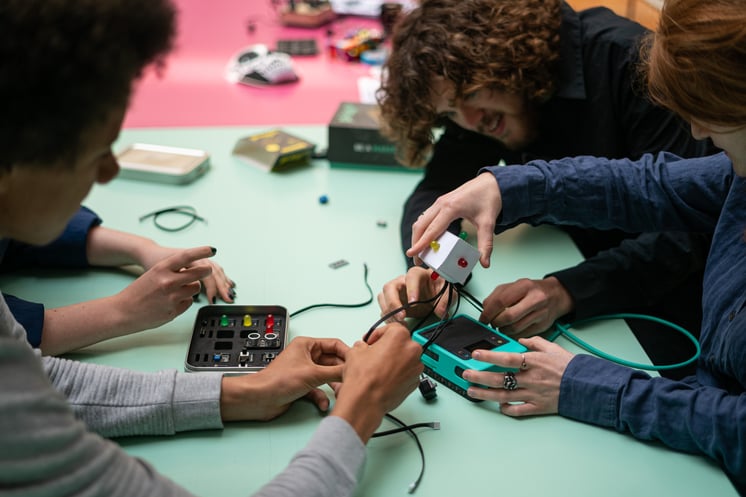
How can you implement computational thinking into lessons?
We’ve talked about why it’s important to build computational thinking skills - how do we actually do it? Below are some practical ways to integrate computational thinking into your lessons:
Coding Challenges and Projects
Include coding challenges that promote computational thinking. Start with simple tasks and gradually increase the complexity. Projects are an excellent way to encourage collaboration and creativity.
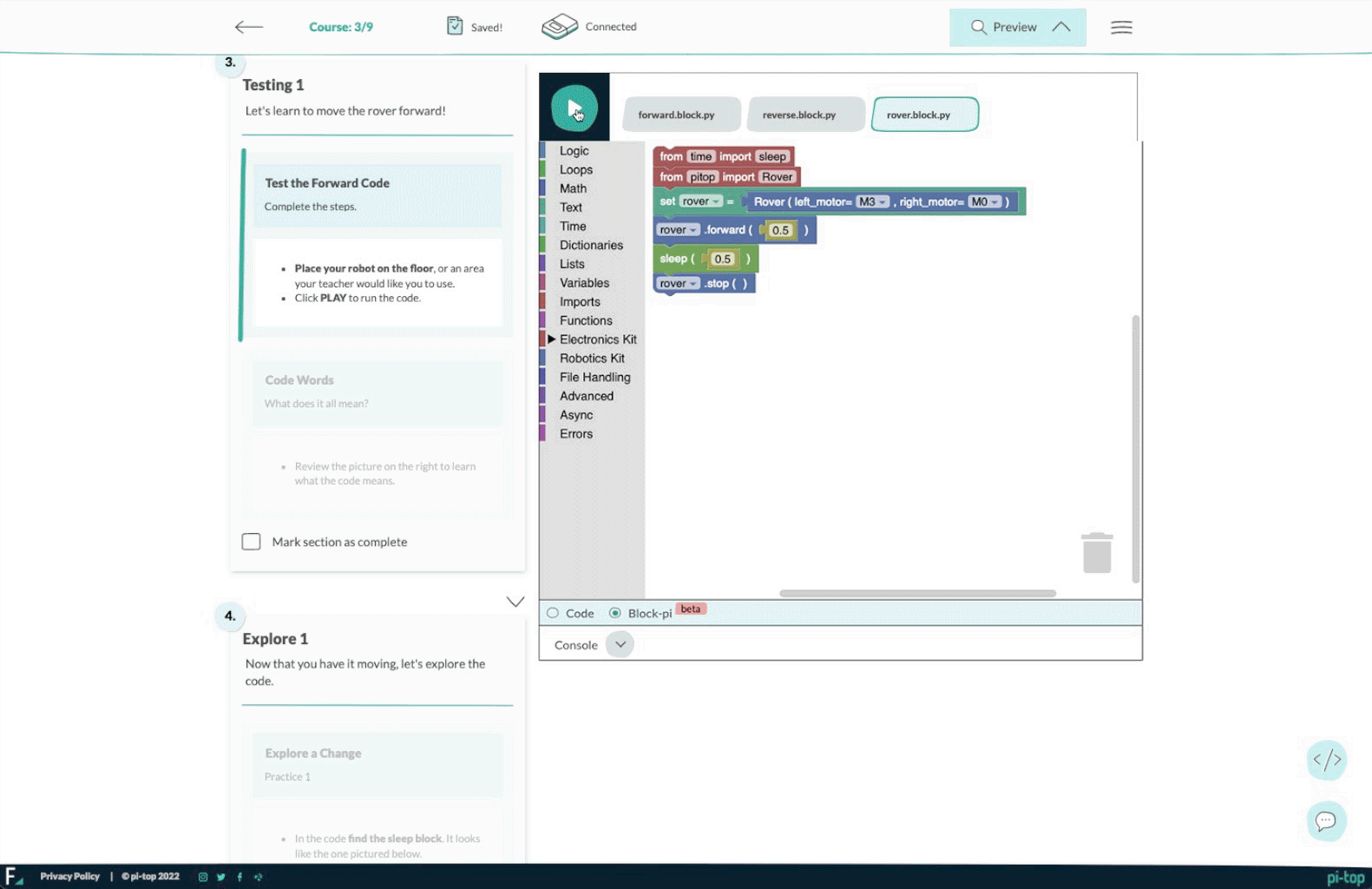 Algorithmic Thinking
Algorithmic Thinking
Algorithmic thinking - solving a problem step by step is a key component of computational thinking. Use fun activities like creating recipes, building a lego kit, or assembling a pi-top robot demonstrate the concept of algorithms.
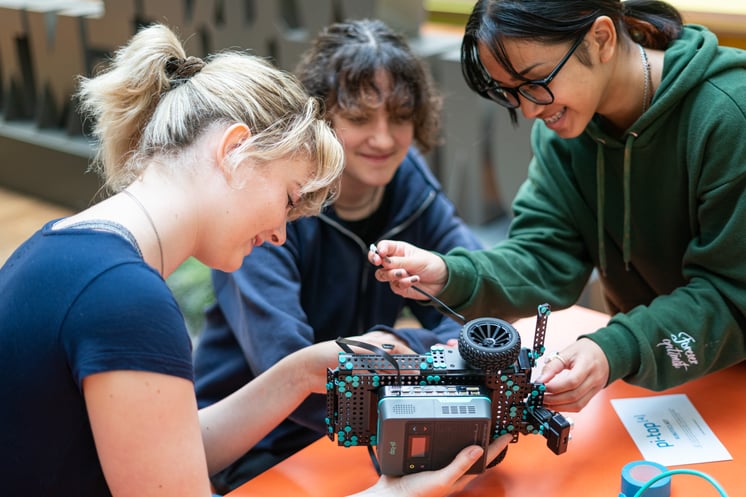 Game-Based Learning
Game-Based Learning
When students are having fun, they don’t even realize that they’re learning! Leverage educational games and puzzles to introduce computational thinking concepts. Our learning platform, Further has a ton of exciting challenges and games that students love! And platforms like Code.org offer engaging games that can enhance students' learning experiences.
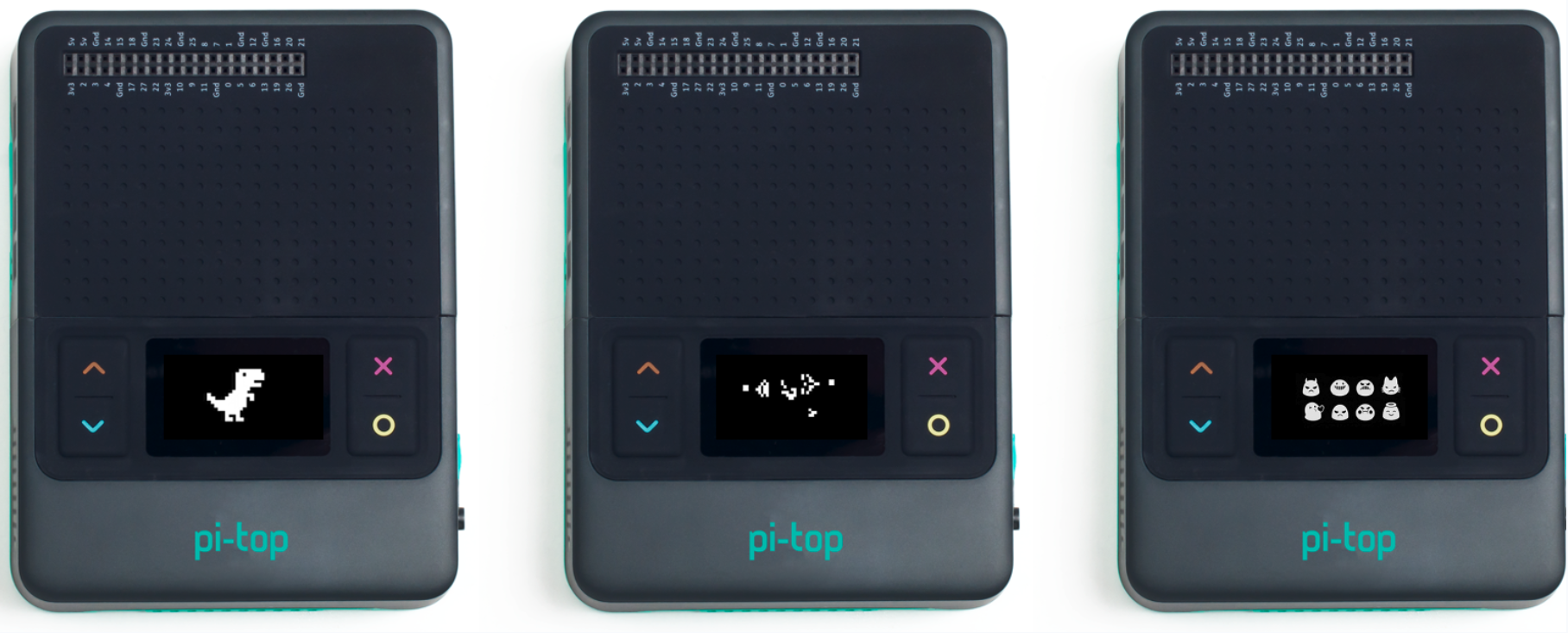 Cross-Curricular Connections
Cross-Curricular Connections
Integrate computational thinking into various subjects, not just computer science. For example, in science, students can simulate experiments using coding platforms. Or when teaching math, you can demonstrate how students can break down word problems into smaller parts to solve them, one part at a time.
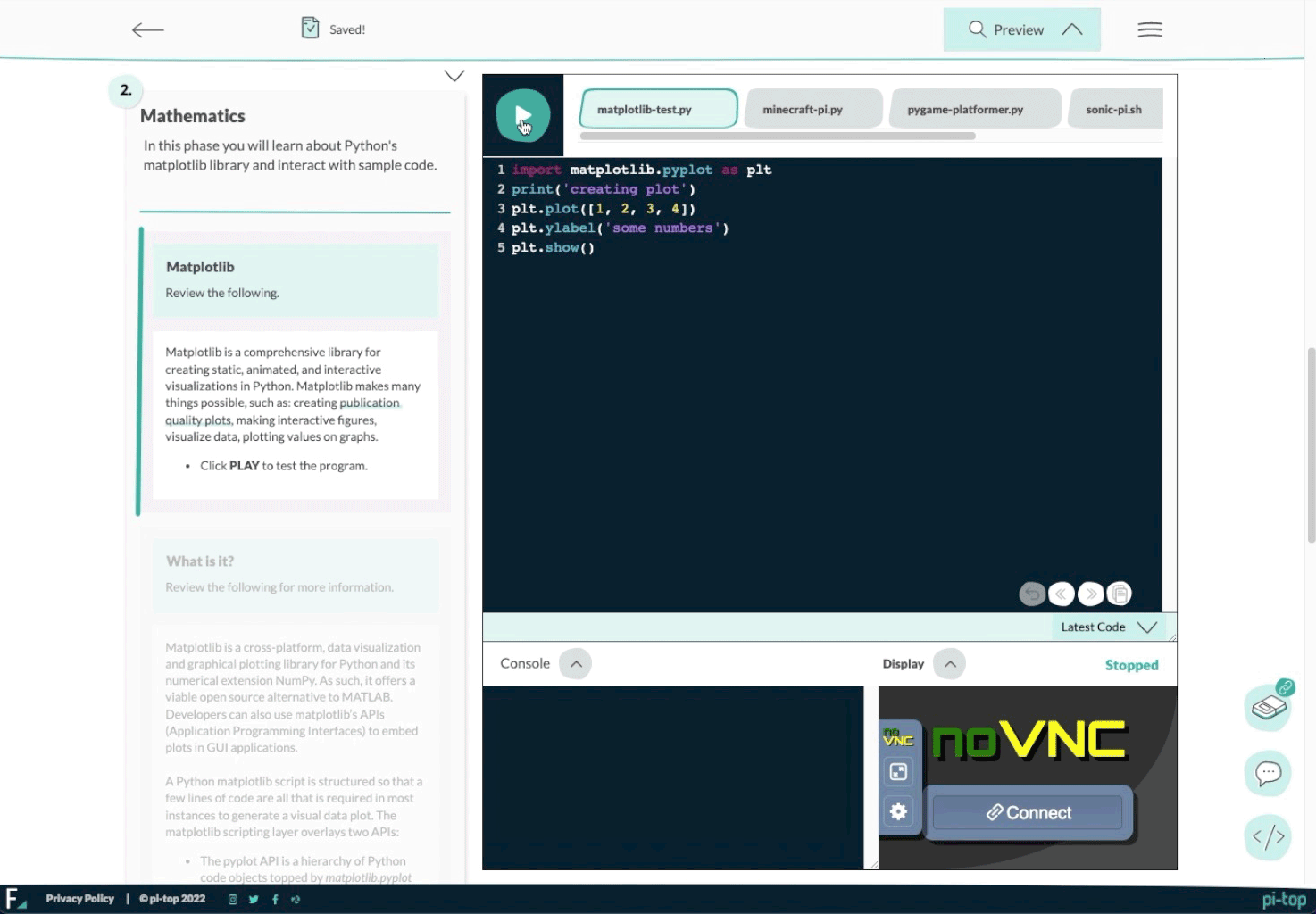
As educators, we have the power to shape the future of our students. By introducing computational thinking in computer science and STEAM lessons, we empower them with invaluable problem-solving skills, critical thinking abilities, and a solid foundation for the future.
Let's embark on this exciting journey together and watch our students flourish in the digital age!
